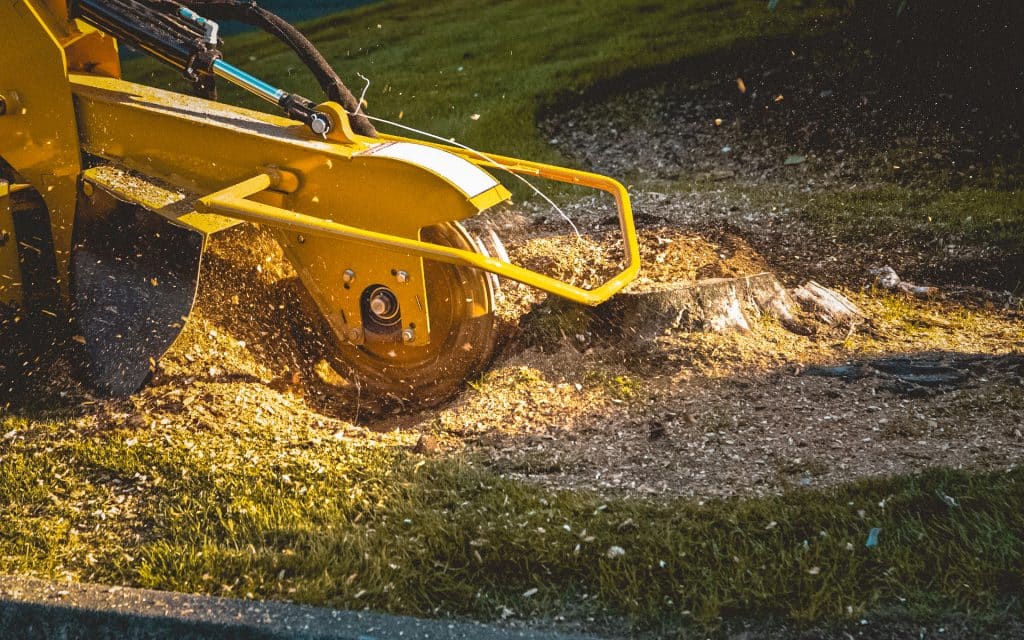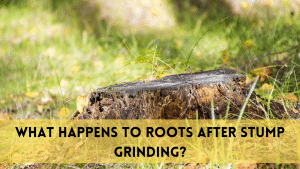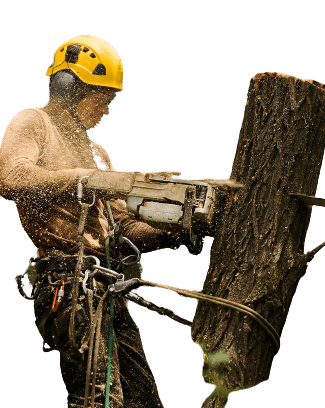Grass removal from beneath the canopy can improve the health of many trees more than any other therapy. This eliminates the requirement for mowing equipment to be operated under the canopy. Removing grass around trees, also known as forming a tree ring or mulch ring, has various advantages for the health and longevity of your trees. Here’s a detailed look at why it’s possible you might want to Should I Remove Grass From Trees:
Why Remove Grass Around Tree
Resource Competition
Grass competes with trees for vital resources such as water, nutrients, and sunlight. Because grass has shallow roots, it can compete with tree roots for these supplies, thereby stressing the trees.
Water Efficiency
When grass grows close to the base of trees, it might make it difficult to efficiently water the trees. A mulch ring allows water to infiltrate the soil immediately around the tree, encouraging deep root growth and improving water retention.
Availability of Nutrients
Grass can take nutrients from the soil that trees require. By removing grass, you minimize competition for these nutrients, ensuring that trees get what they need.
Reduced Maintenance
Grass growing up to the base of trees frequently necessitates constant mowing and trimming, which can cause harm to the tree’s bark and roots. All of this upkeep is reduced by removing the grass.
Aeration is improved since grass can compact the soil around tree roots, reducing air exchange and hampering root growth. Removing the grass improves soil aeration.
Mowers and Trimmers
Grass growing near trees can be destroyed inadvertently by lawnmowers and string trimmers. Grass removal creates a buffer zone that protects the tree’s base from mechanical injury.
How to Remove Grass Around Trees
Measure the Diameter
Determine the width of the mulch or tree ring surrounding each tree. A popular rule of thumb is to make a ring at least 3-4 feet in diameter, but larger trees may benefit from larger rings.
Mark the Ring
Outline the tree ring with a hose, rope, or spray paint. Ensure that it is evenly distributed around the tree.
Remove Existing Grass
You can remove existing grass by hand with a shovel or edging tool, or you can use a herbicide developed for this purpose. When using a herbicide, carefully follow the manufacturer’s directions.
Mulch
After removing the grass, add a layer of mulch to the tree ring. Mulch aids in moisture conservation, weed control, and soil quality improvement. To avoid moisture issues, apply mulch to a depth of 2-4 inches, keeping it away from the tree trunk.
Maintain the Ring
Check the mulch ring for weeds on a regular basis and replenish the mulch as needed to keep the appropriate depth.
Water and fertilize
Make sure the tree gets enough water and nutrients within the mulch ring. To promote tree health, water deeply and consider using a slow-release fertilizer.
Make use of newspaper
This may appear to be an unusual method of removing grass, but it works if done right. First and foremost, ensure that your grass is cut to an even height. Then get yourself a stack of newspapers. If at all possible, choose black and white sheets and avoid using sheets with colored pages. Place around ten papers over each piece of grass to be removed. As you work your way around the ideal trees, make sure to overlap the papers.
Why Is It Important To Remove Grass From A Tree Base?
As you can see, there are a few options for removing the unsightly grass growing near to your tree root. For water and nutrients, the grass competes with the tree. Because the grass has a lesser root system, it absorbs all of the required moisture and food, while the nutrition never reaches the tree’s deep roots. As a result, your tree may grow disturbed and begin to die. As a result, whether you physically remove the grass from your tree trunk base with a shovel or employ the newspaper method, your yard will be much more visually appealing.
Related Posts:
Disadvantages of removing grass
Temperature
Grass can have cooling affect on the surrounding environment help to lower temperature in hot days, removing grass can cause severe heat in the surroundings
Wildlife Habitat Impact
Grass provides a habitat for various insects and small wildlife species. Removing it may disrupt these ecosystems, although this can be mitigated by providing other natural habitats in your yard.
Soil Compaction
Without regular foot traffic on grass, the soil under the mulch or ground cover may become compacted, potentially affecting root growth.
Cost and efforts
Creating a mulch or ground cover ring necessitates an initial investment in materials, manpower, and sometimes pesticides for grass removal. It may also be necessary to make some effort in order to form and sustain the ring.
FAQS
How can I remove grass around trees effectively?
Mark a tree ring, remove existing grass, add mulch or ground cover, and maintain the area regularly to ensure tree health and aesthetics.
Will removing grass harm the environment?
While it may impact some wildlife habitat and reduce cooling effects, proper grass removal and mulching can mitigate potential negative environmental effects.
What are the potential disadvantages of removing grass around trees?
Disadvantages may include altered aesthetics, initial cost and effort, increased maintenance requirements, and changes in temperature regulation.
Can I still have a lawn while removing grass around trees?
Yes, you can maintain a lawn in other areas of your yard while removing grass around trees for specific benefits.
Conclusion
Removing grass around trees involves weighing and the pros and cons, while grass removal can promote tree health and reduce maintenance, it’s essential to consider the impact on aesthetics, maintenance efforts, and the overall environment. Make an informed decision based on your specific needs and preference.




